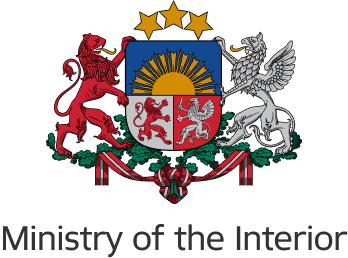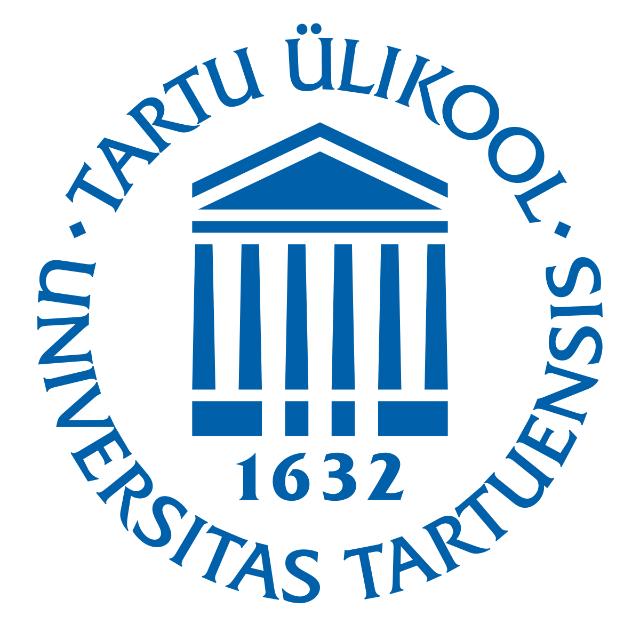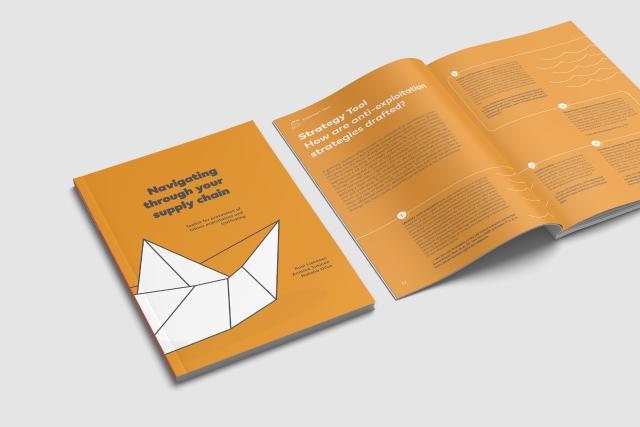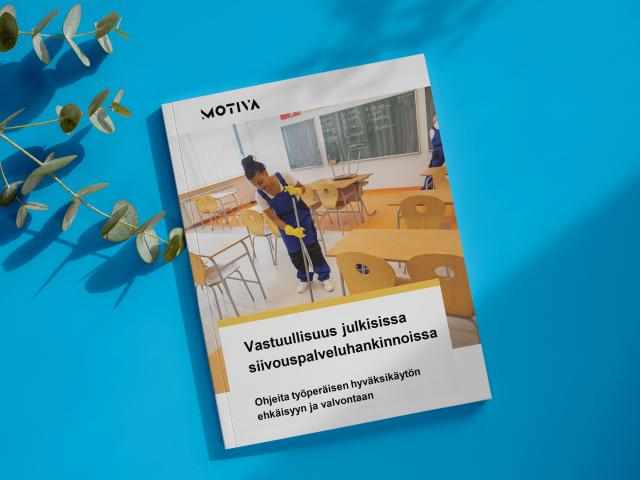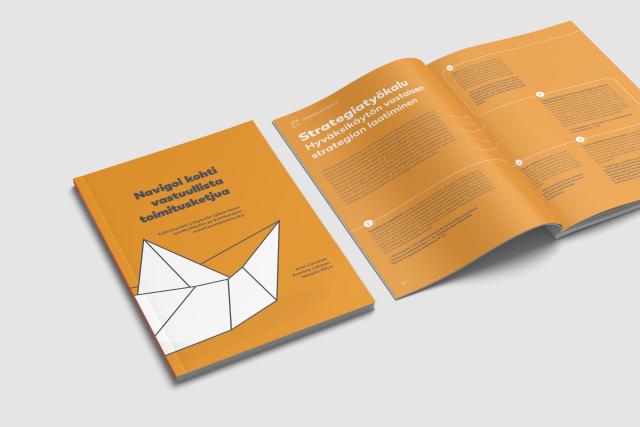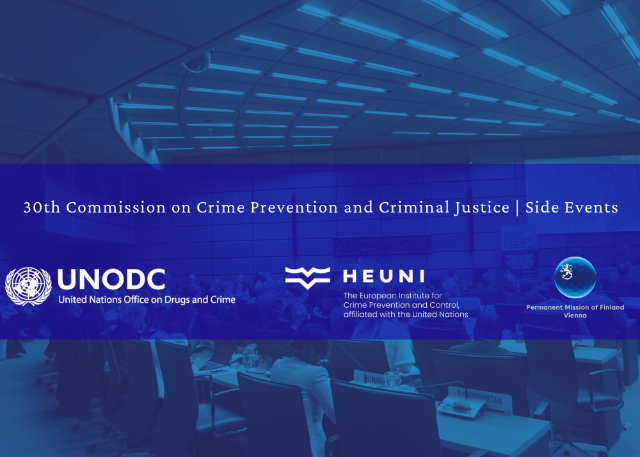Human trafficking is an end result of complex interconnections between unsustainable business practices, organized crime, corruption and illicit flows. When tackling this nexus understanding these connections, and cooperation between business, law enforcement and labour inspectors is crucial. And moreover, the needs and rights of the victim of trafficking should be at the core of the actions taken.
The business model of labour exploitation
Labour exploitation and trafficking in human beings are not adequately recognized and addressed by law enforcement authorities. Trafficking crimes are usually addressed either within the framework of economic crime control, or as a form of violent crime, but rarely as both at the same time. This means that the combination of economic crimes against the state, and the infringements of the rights of individual victims, may not fully be addressed. In fact, labour exploitation is a form of corporate crime motivated by economic profit.
The analytical tool “Shady business. Uncovering the business model of labour exploitation” focuses on uncovering the business model of labour exploitation based on analysis of concrete cases of labour exploitation and trafficking. The report outlines how different legitimate business structures may be used to hide and implement labour exploitation, and highlighting the links between labour exploitation, trafficking and economic crimes. The business model is presented in the form of a visual map and a series of visualisations demonstrating the findings by identifying the schemes used as well as weak points in the supply chain where the risk of trafficking and related crimes may increase. The tool also highlights the links between labour exploitation and trafficking and other economic crimes such as large-scale tax evasion, fraudulent bookkeeping, corruption, unfair competition as well as the complexities of the resulting illicit flows.
The report is available in English, Estonian, Finnish, Bulgarian and Latvian.
Investigation tool
Human trafficking is a complex crime. Often a multitude of other crimes are associated with trafficking. However, often the investigation of human trafficking excludes the links to other, related crimes. Similarly, a focus on economic crime investigation often excludes the investigation of trafficking. This may be due to a lack of resources, but it also related to a lack of knowledge and understanding of the complexities around human trafficking. The FLOW project addressed this gap by creating “Uncovering labour trafficking - Investigation tool for law enforcement and checklist for labour inspectors”, with the aim to promote a more holistic approach to the investigation of trafficking, in particular in conjunction with economic crime and illicit financial flows. Such investigations call for specific understanding and skills as well as cooperation between specialised police units. The tool also promotes cooperation with other authorities, most notably labour inspectors who come into contact with businesses, exploited workers and victims. Dialogue and cooperation between these authorities was enhanced as part of the project activities.
The investigation tool was created with the victim-centered approach at the core; underlining the needs and rights of the victims in the identification and investigation phase. It also highlights the importance to make sure that the victim is referred to assistance according to the victim’s individual needs.
The tool is available in English, Estonian, Finnish, Bulgarian and Latvian.
The tool and its key recommendations are summarised in a policy brief “How to uncover labour trafficking and exploitation? The route to a successful investigation" which is available in English, Estonian, Finnish, Bulgarian and Latvian as well as in Swedish and Polish.
Toolkit for businesses
Human trafficking is driven by the possibility to make profit on many levels, and businesses profiting from trafficking and labour exploitation are not restricted to criminal organisations. In fact, it is often a chain of legitimate businesses that engage in trafficking, both knowingly and unknowingly. During recent years there has been a significant intensification of global action against forced labour and human trafficking in global supply chains, – including increased focus on the responsibility and role of businesses. The FLOW-project engaged with businesses that have an increased desire to address the risks of trafficking in their operations, by developing tailor-made tools for the prevention of human trafficking. “Navigating through your supply chain – Toolkit for prevention of labour exploitation and trafficking” provides five hands-on tools which focus on the implementation of due diligence processes and provide concrete measures to navigate and control complex supply chain networks especially in local, national, and intra-European contexts. The toolkit was developed in close dialogue with business representatives and is supplemented by a “Normative Framework Guide - Responsibility of Businesses Concerning Human Rights, Labour Exploitation and Human Trafficking”.
The toolkit is available in English, Estonian, Finnish, Bulgarian, Latvian and Spanish.
The tool and its key recommendations are also summarised in a policy brief “New tools for businesses to improve commitment to end labour exploitation and trafficking in local labour supply chains" which is available in English, Estonian, Finnish, Bulgarian and Latvian as well as in Swedish and Polish.
FLOW project final webinars brought together more than 200 anti-trafficking experts and business representatives around Europe
The video recording of the final webinar is available here.
Practical information
The project partners include European Institute for Crime Prevention and Control, affiliated with the United Nations (HEUNI) from Finland, The Center for the Study of Democracy (CSD), from Bulgaria, the University of Tartu from Estonia and Ministry of Interior of Latvia.
The project cooperated with a large number of supporting organisations, namely the Central Finland and Ostrobothnia Police Departments, Labour Inspectorate of Southern Finland, State Police of Latvia, State Labour Inspectorate of Latvia, General Directorate Countering Organised Crime at the Ministry of Interior of Bulgaria, General Labour Inspectorate Executive Agency of Bulgaria, Ministry of Justice Estonia, Estonian Unemployment Insurance Fund (EURES), State Police of Estonia, Estonian Prosecutor’s Office, Corporate Social Responsibility Platform of Latvia (CSR Latvia) and Employers’ Confederation of Latvia (LDDK), Estonian Association of Construction Entrepreneurs, Confederation of Finnish Construction Industries RT (CFCI), ArcTech Helsinki Shipyard and Building Information Group.






